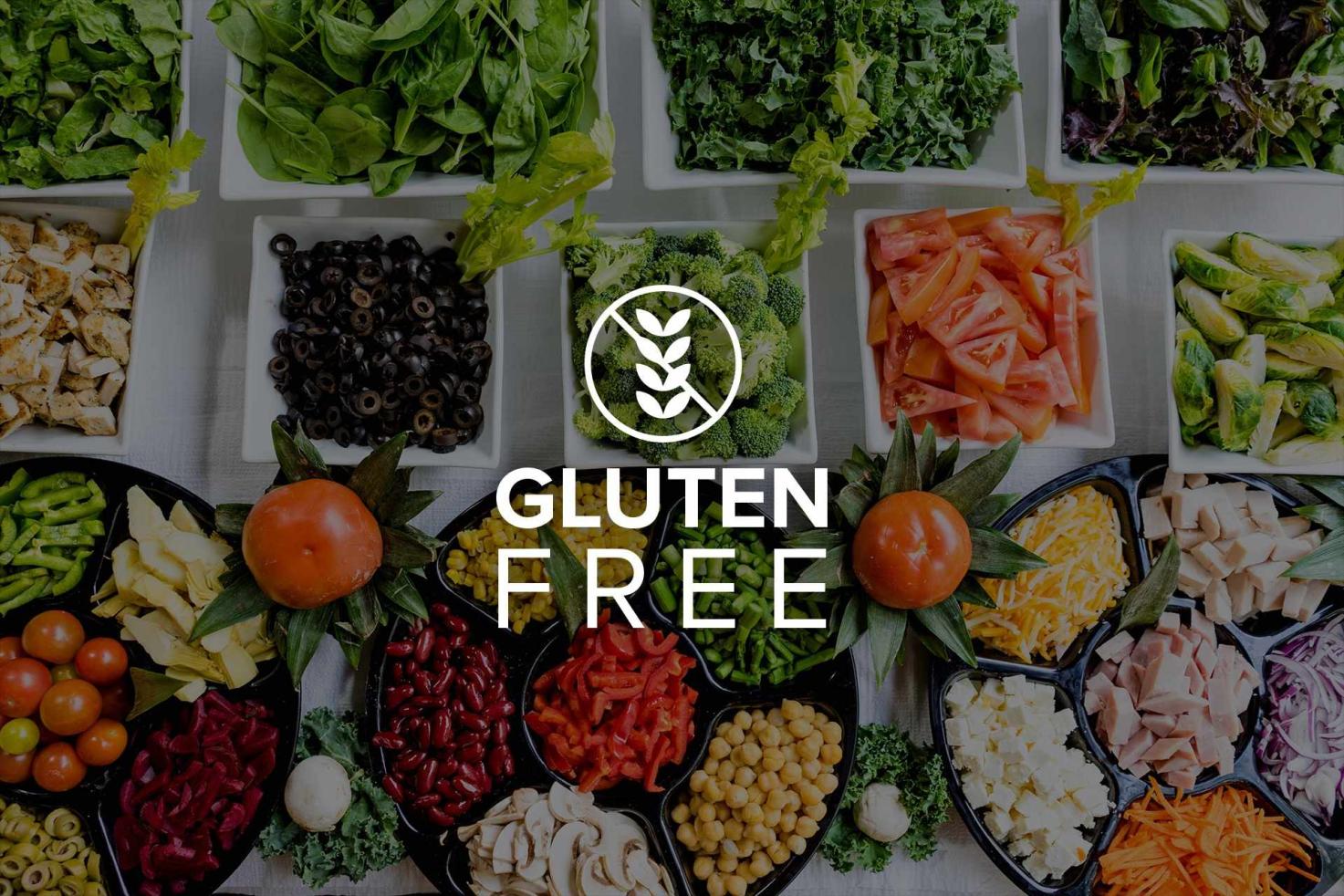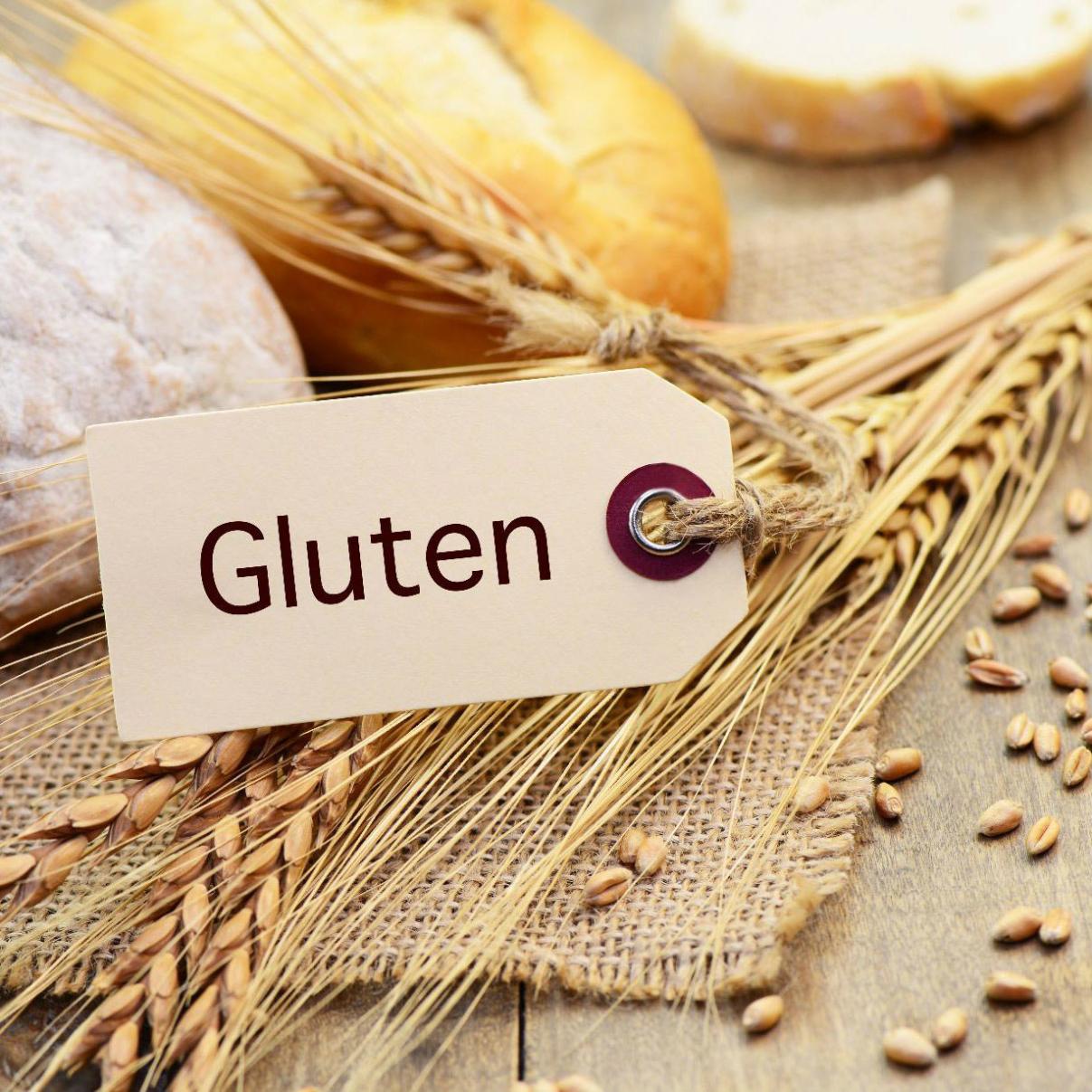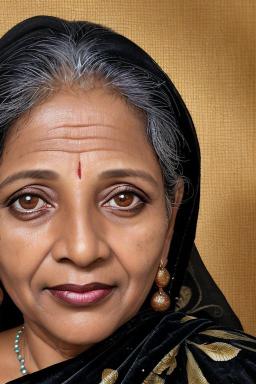Gluten-Free Baking: Can I Make My Favorite Treats Without Wheat?
For individuals with celiac disease or gluten sensitivity, the thought of enjoying their favorite baked treats can seem like a distant dream. However, gluten-free baking has emerged as a culinary art that allows people to indulge in delicious treats without compromising their health.

Understanding Gluten And Gluten-Free Baking
Gluten is a protein found in wheat, barley, and rye. It provides elasticity and structure to baked goods, giving them their characteristic chewy texture. In individuals with gluten intolerance, consuming gluten can trigger an immune response, leading to digestive issues and other health problems.
Gluten-free baking involves using alternative flours and ingredients that do not contain gluten. This allows individuals with gluten intolerance to enjoy a wide range of baked goods without experiencing adverse reactions.
Common Gluten-Free Flours And Their Properties
- Almond Flour: Made from finely ground almonds, almond flour is a rich source of healthy fats, protein, and fiber. It imparts a moist and dense texture to baked goods.
- Coconut Flour: Derived from dried coconut meat, coconut flour is high in fiber and has a slightly sweet flavor. It absorbs a lot of liquid, so it's important to adjust the amount of liquid in recipes when using coconut flour.
- Tapioca Flour: Extracted from the cassava root, tapioca flour is a neutral-tasting flour that provides a chewy texture. It's often used in combination with other gluten-free flours to improve the texture and elasticity of baked goods.
- Brown Rice Flour: Made from finely ground brown rice, brown rice flour has a nutty flavor and a slightly gritty texture. It's a good source of fiber and minerals.
- Oat Flour: Produced from ground oats, oat flour is a good source of fiber and has a mild, slightly sweet flavor. It's important to use certified gluten-free oats to avoid contamination.
Adapting Traditional Recipes To Gluten-Free Versions
Converting traditional recipes to gluten-free versions requires careful consideration and adjustment of ingredients. Here are some tips:
- Choose the Right Gluten-Free Flour: Select a gluten-free flour that best suits the recipe and desired texture. Experiment with different flours to find the one that works best for you.
- Adjust the Liquid Content: Gluten-free flours often absorb more liquid than wheat flour. Adjust the amount of liquid in the recipe accordingly to achieve the desired consistency.
- Use Xanthan Gum or Guar Gum: These gums act as binders in gluten-free baking, helping to improve the texture and elasticity of baked goods. Add a small amount (typically 1-2 teaspoons per cup of flour) to your gluten-free flour blend.
- Be Patient and Experiment: Gluten-free baking may require some trial and error. Don't be discouraged if your first attempt doesn't turn out perfectly. Keep experimenting with different ingredients and techniques until you find what works best for you.
Essential Gluten-Free Baking Techniques
- Measure Ingredients Accurately: Precise measurement of ingredients is crucial in gluten-free baking. Use a kitchen scale to ensure accurate measurements.
- Mix Properly: Avoid over-mixing gluten-free batters and doughs. Over-mixing can result in a tough and dense texture.
- Use the Right Baking Pans and Tools: Choose baking pans that are appropriate for the recipe and ensure that your tools are clean and free of gluten contamination.
- Bake at the Correct Temperature: Follow the recipe's recommended baking temperature and time closely. Over-baking can dry out gluten-free baked goods.
Popular Gluten-Free Treats And Success Stories

From cookies and cakes to muffins and bread, there's a wide range of gluten-free treats that cater to different tastes and preferences. Here are a few popular gluten-free treats:
- Gluten-Free Chocolate Chip Cookies: These classic cookies can be easily made with gluten-free flour, dairy-free chocolate chips, and other gluten-free ingredients.
- Gluten-Free Vanilla Cake: This moist and fluffy cake is a perfect choice for birthdays and special occasions.
- Gluten-Free Blueberry Muffins: These muffins are packed with juicy blueberries and have a tender crumb.
- Gluten-Free Artisan Bread: With the right combination of gluten-free flours and techniques, you can create delicious and crusty gluten-free bread.
Many individuals who follow a gluten-free diet have found joy in creating and enjoying their favorite treats without compromising on taste or texture.
Troubleshooting Common Issues In Gluten-Free Baking
While gluten-free baking can be rewarding, it's not without its challenges. Here are some common issues and solutions:
- Dry Texture: To prevent dry baked goods, ensure you're using the correct amount of liquid and avoid over-baking.
- Crumbly Baked Goods: Crumbling can occur due to over-mixing or using too much gluten-free flour. Be gentle when mixing and use the right amount of flour.
- Flat Cakes: Flat cakes can result from not using enough leavening agents (such as baking powder or baking soda) or not mixing the batter properly.
Gluten-free baking is a culinary art that allows individuals with gluten intolerance to enjoy a wide range of delicious treats without compromising their health. With the right ingredients, techniques, and a bit of experimentation, you can create gluten-free versions of your favorite baked goods that are just as satisfying as their traditional counterparts.
Don't let gluten restrictions hold you back from enjoying the joy of baking and indulging in your favorite treats. Embrace the world of gluten-free baking and discover the endless possibilities of creating delicious and satisfying baked goods that cater to your dietary needs.
YesNo

Leave a Reply